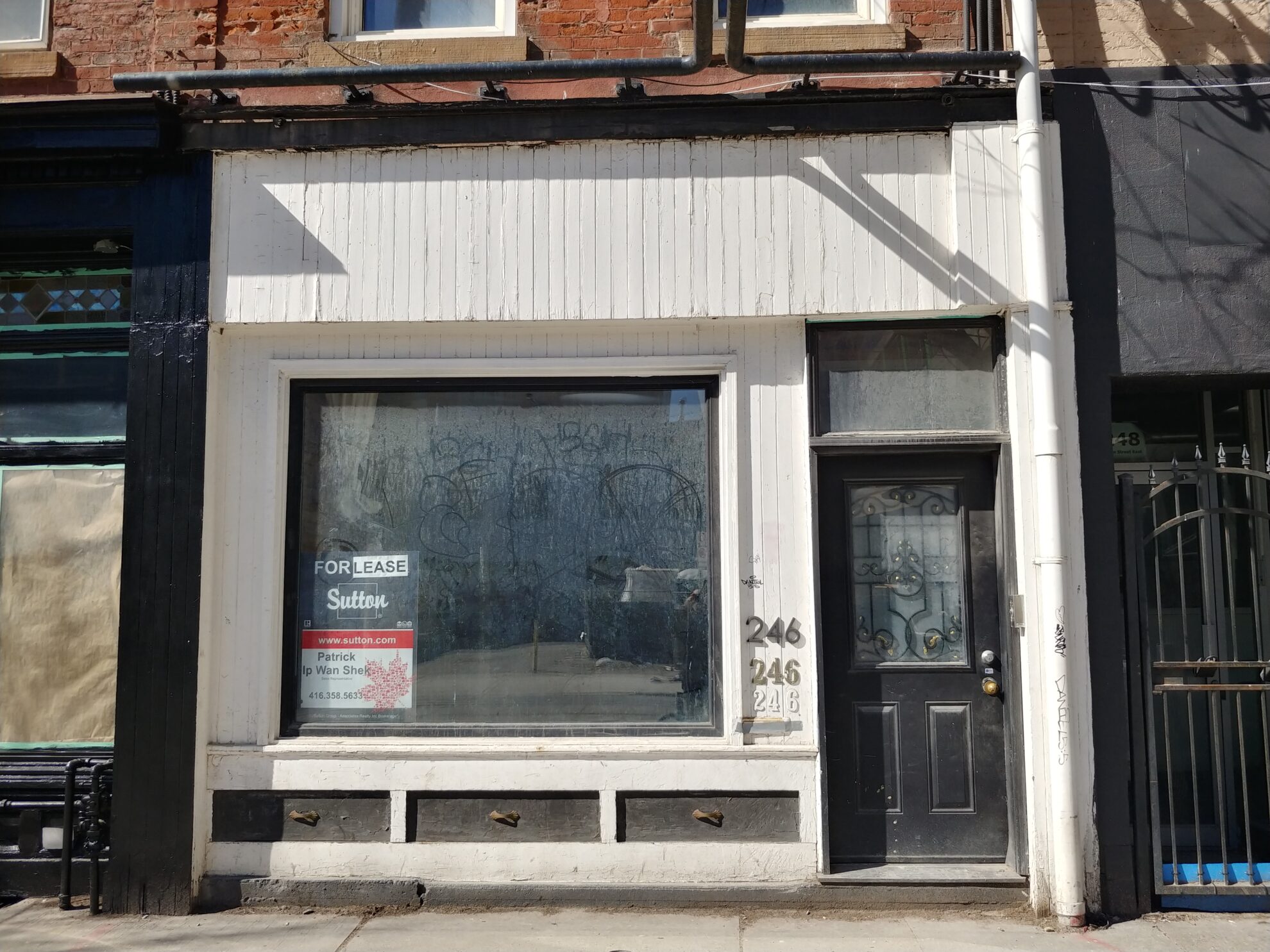Anthony Marcusa –
Five years on from Covid-19 closures, small businesses continue to face uncertainty as the United States pushes its tariff agenda.
The Canadian Federation of Independent Business barometer that measures confidence and outlook reached a lower mark in March than at any time during the 2020 pandemic, the 2008 financial crisis or the 9/11 aftermath.
“A lot of that has to do with uncertainty; business owners by nature are planners,” said Julie Kwiecinski, CFIB’s Ontario director. “It’s so frustrating if you cannot plan. That’s part of the problem with tariffs. It could be going on for four years.”
She says tariffs are the primary driver of uncertainty, even amid inflation and cost of living concerns, and a looming federal election. Only about 12 percent of small businesses in Ontario have experienced no tariff impact so far, and over half saw cost increases in the last month.
While some small businesses are shifting their suppliers or otherwise reducing reliance on the United States, they need more help, she says.
“Only two in ten businesses across Canada are confident that government actions will offset impact in trade war,” said Kwiecinski.“Our members want to see elimination of internal trade barriers, and reducing the tax burden on small businesses.”
Years after the Covid shutdowns, however, Downtown East businesses are remaining resilient; amid much economic uncertainty there are some positive indicators.
“Streetfront retail vacancies are around 14 percent, down from about 20 percent,” said Pauline Larsen, executive director of the Downtown Yonge Business Improvement Association.
“Eight in 10 streetfront retail businesses that were open in 2021 are still open today. There’s been some movement, but a core of businesses remains quite strong.”
Foot traffic, albeit not a direct indicator of business success, is up 40 percent in the first months of 2025 compared with last year. Office occupancy in the downtown core is around 75 percent. Larsen also listed plenty of new and forthcoming businesses, big and small, coming downtown.
“If more people are coming into the neighbourhood, and if they’re coming here for different reasons, that’s a good start,” she said. “If people are here during the day, there are more opportunities for restaurants and service providers.”
Kwiecinski also sees silver linings in the U.S-Canada trade war, which has instilled a sense of patriotism among Canadians to support one another.
“There is a huge movement to buy Canadian, and that extends to the tourism industry,” she said. “It’s not just staying within Toronto, but travelling within your own borders. It’s cheaper to stay here. There’s a lot to see and do here.”
A weakened Canadian dollar is another reason for Canadians to avoid travelling south. That may also lead more Americans to visit Canada, as their money goes farther. “I think a lot of Americans are sympathetic” to Canada’s plight, Kwiecinski said.
Larsen pointed out the diversity of Toronto’s downtown, which includes a university, residential areas, offices and retail stores, as key to surviving difficult times.
“Every challenge brings an opportunity with it. Any neighbourhood with a sense of entrepreneurship and that has active, engaged businesses” has possibilities, Kwiecinski added.




